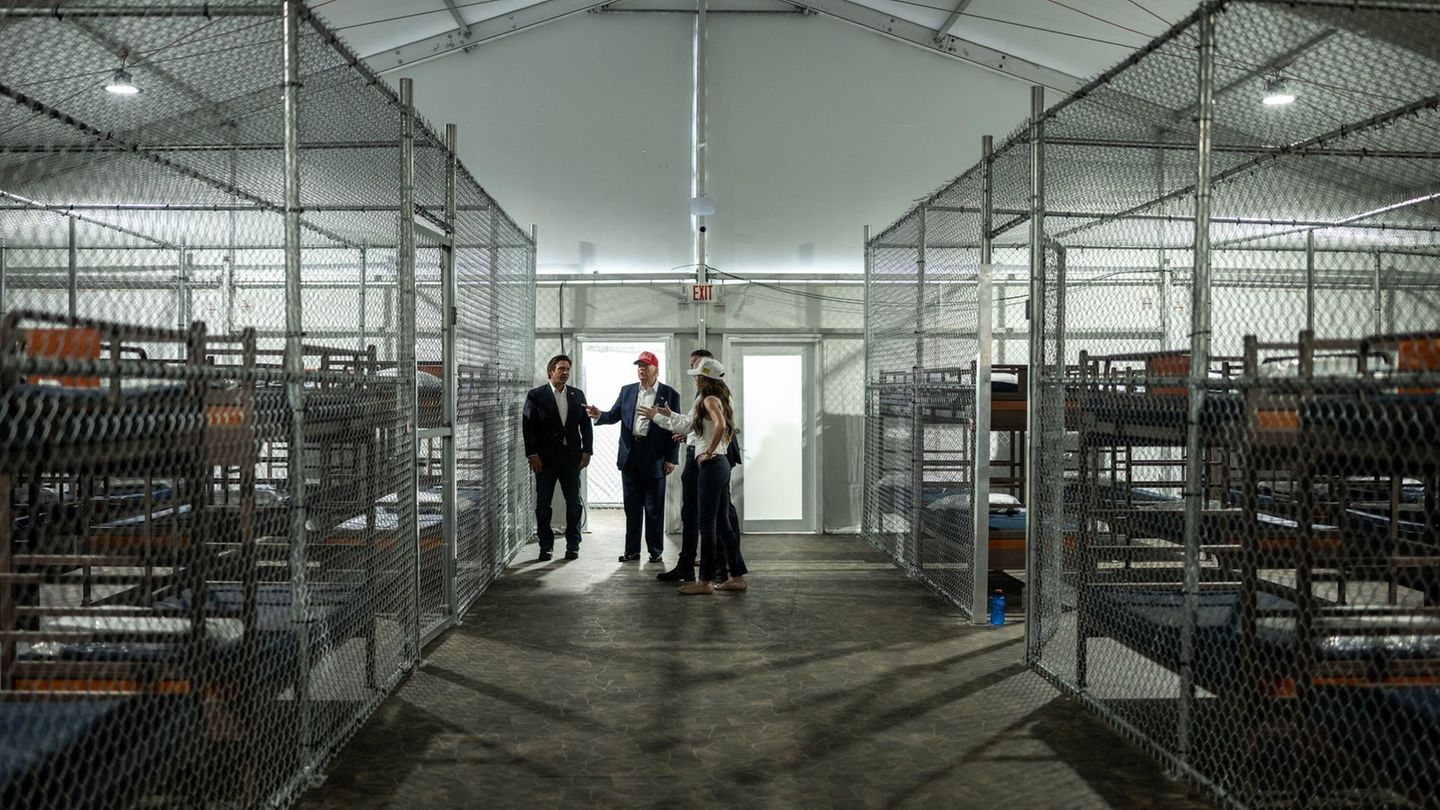From the presentation of the project of the PIT-CNT to reduce the working day from 48 to 40 hours in the Uruguay the debate returns to the table before the presidential elections in October.
This Tuesday, the president of the trade union center, Marcelo Abdalaled the press conference where the technical reports of the project to reduce the working day were presented, which will also be presented to the presidential candidates of the different political parties.
During his presentation at the Ministry of Labor and Social Security (MTSS)the leader of the union center assured that the reduction of working hours “has a positive impact on the productivity” and generates health benefits for workers. But what happened in other parts of the world?
European flexibility
One of the pioneering countries in implementing the reduction of working hours was France. In 1936, it adopted a 40-hour workweek system, while in 2022, after years of debate, a 35-hour workweek came into effect, with mixed effects.
Beyond the current regulations, the different governments of that country adopted successive measures to grant flexibility to companies, so that workers could carry out overtime, an issue that is commonplace in the European country today.
Apart from the French case, most European countries have a 40-hour weekly agreement by law, although there are agreements below that figure. In many of them, such as United Kingdom, Portugal and Belgium, They are even advancing experiences with a four-day work week.
The Icelandic case
In the case of Iceland, A pilot test was carried out between 2015 and 2019, reducing the weekly workload from 40 to 35 hours for 2,500 national government employees and the Reykjavik City Hall, the capital.
Once the “experiment” was over, the authorities considered it to be successful and improved the productivity, without any reduction in wages, so that this rule was applied to the majority of the population.
America, a special case
In the region, Ecuador He was one of the first to establish a 40-hour workweek. Colombia, Meanwhile, the company is in the process of reducing its working hours, with a gradual decrease.
Something similar happens in Chili, where on April 26 of this year, the weekly workload went from 45 to 44 hours, with the goal of having it reach 40 hours in 2028.
Meanwhile, in Brazil A bill was passed allowing for a four-day work week, while in Argentina There are several initiatives from trade unions and opposition leaders in this regard, although the labour reform promoted by the government of Javier Milei I would not consider measures in that regard.
Finally, when compared to North America, both USA as Canada They have a weekly workload of 40 hours, while in Mexico is trying to reduce itself to that range, from the current 48 hours.
Source: Ambito




